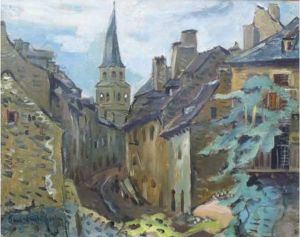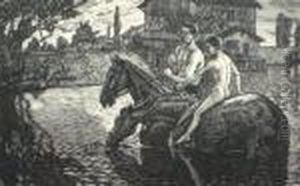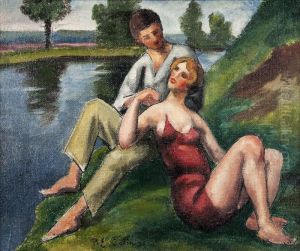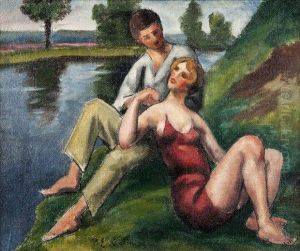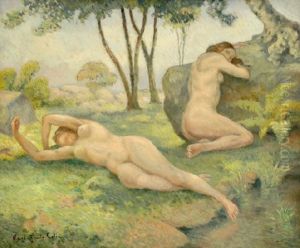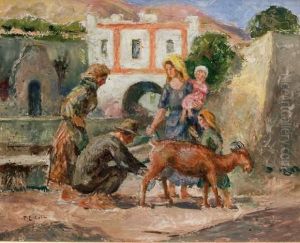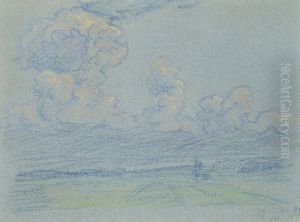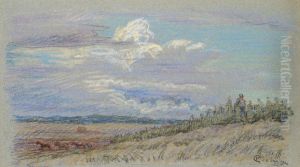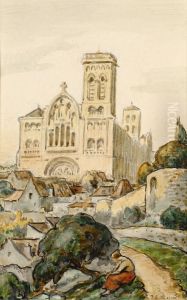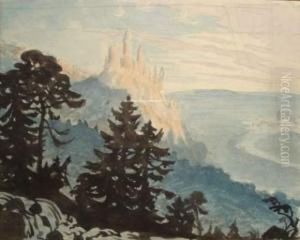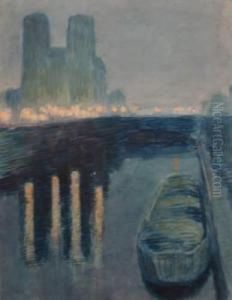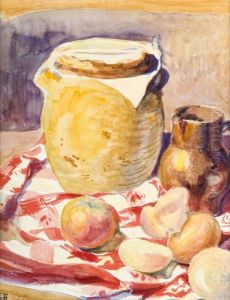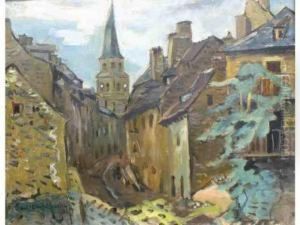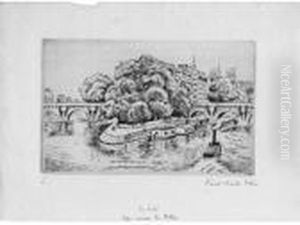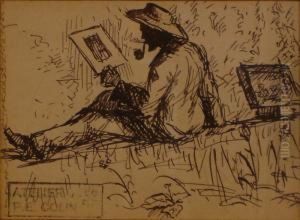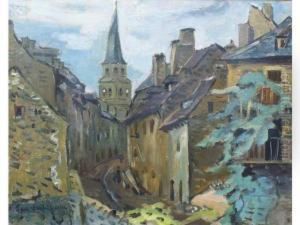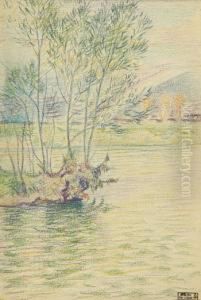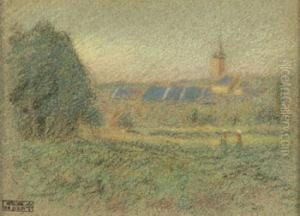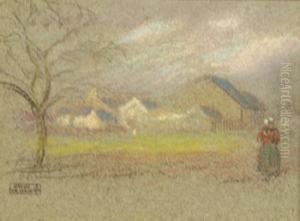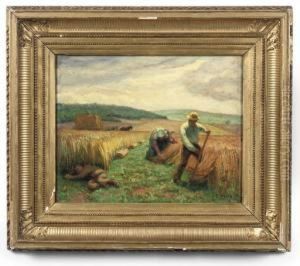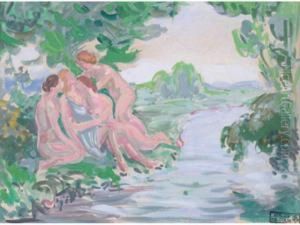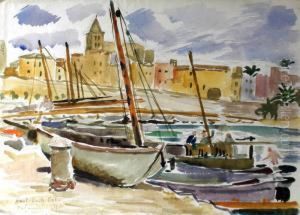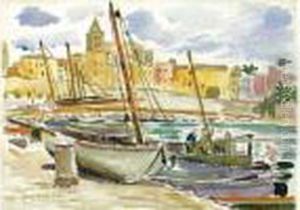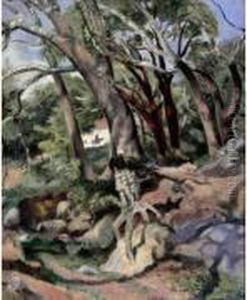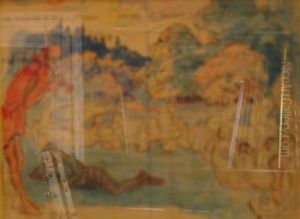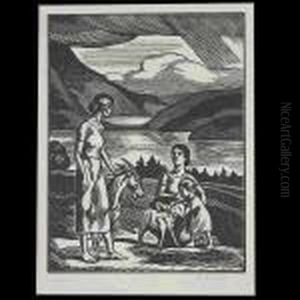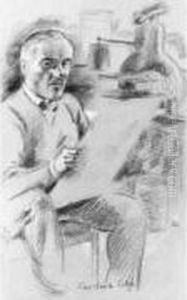Paul Emile Colin Paintings
Paul Emile Colin, born in 1892 in Luneville, France, was a French artist known for his contributions to the Art Deco movement and his unique graphic style. Although less widely recognized than some of his contemporaries, Colin carved out a distinctive place in the world of early 20th-century art through his work as an illustrator, painter, and theater designer.
Colin received his artistic training at the École des Beaux-Arts in Nancy, and later in Paris. He began his career at a time when the aesthetics of Art Nouveau were giving way to the more streamlined and geometric forms of Art Deco. His style blended elements of both movements, featuring the fluid lines of the former and the bold shapes of the latter.
Throughout the 1920s and 1930s, Colin produced a substantial body of work that included posters, costume and set designs for the theater, as well as book illustrations. He was particularly known for his theater posters, which often featured dramatic compositions and a striking use of color and form. Some of his most notable work was for the Théâtre des Champs-Élysées in Paris.
In addition to his graphic work, Colin also painted and was involved in the decorative arts. His illustrations often depicted scenes of modern life, with a focus on the elegance and glamour of Parisian society during the interwar period. His work was characterized by an elegance and a sense of movement, which captured the spirit of the time.
Despite his success, Paul Emile Colin's work was somewhat overshadowed by that of his more famous peers. However, his contribution to the visual culture of his era has been increasingly recognized by art historians and collectors in recent years.
Colin's career was cut short by his premature death in 1949. Despite his relatively short life, his work has left a lasting impact on the field of graphic arts and continues to be celebrated for its distinctive style and its embodiment of the Art Deco ethos.
